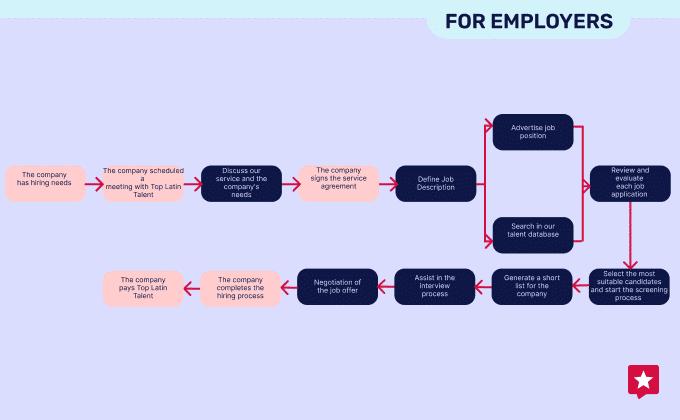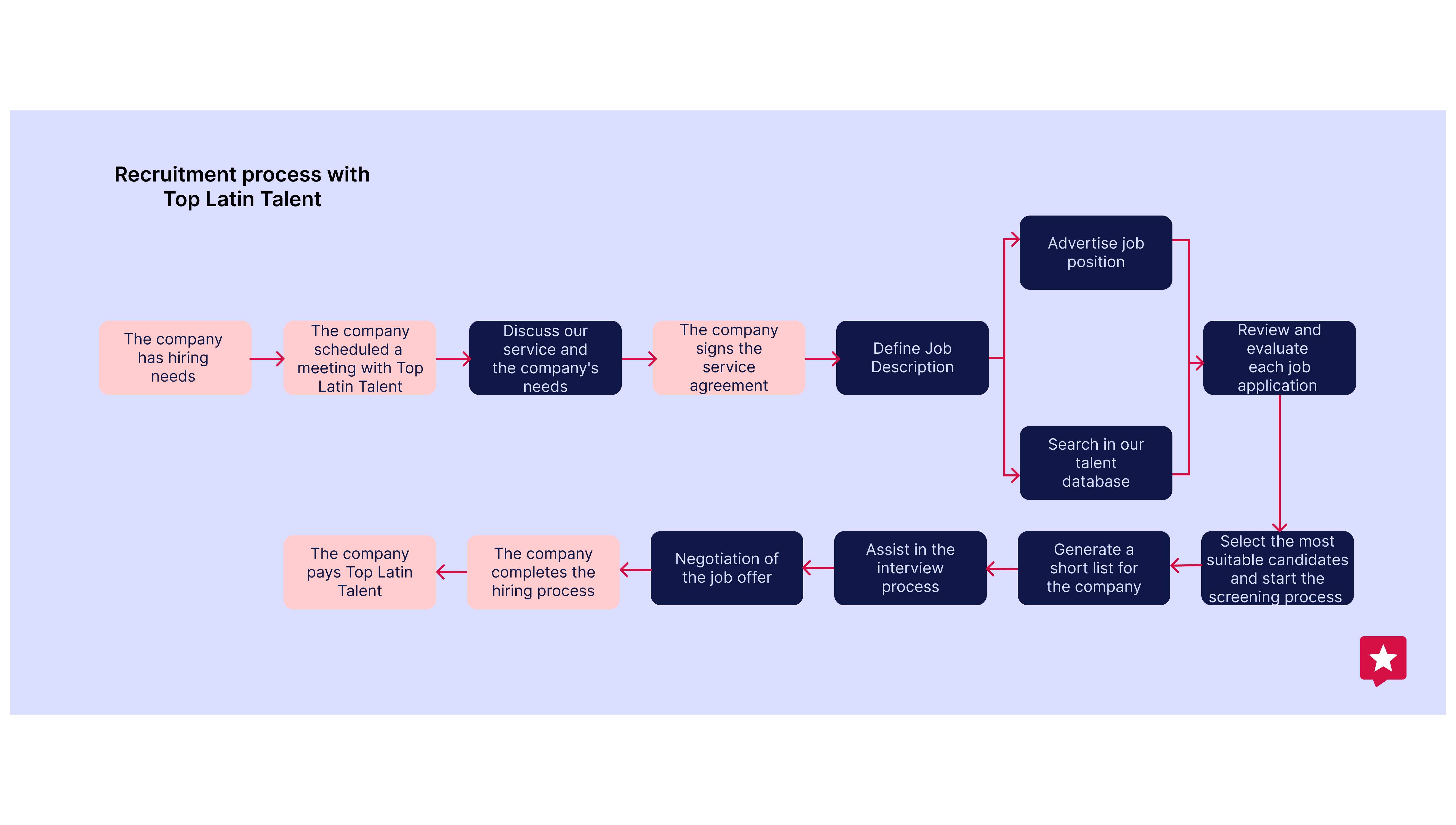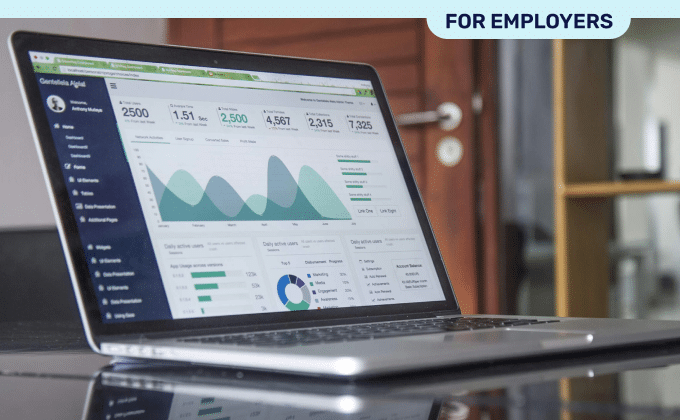
Utilizing Recruitment Databases with Recruitment Agencies
Utilizing recruitment databases with recruitment agencies

Today, finding the right talent quickly and efficiently is challenging. Recruitment agencies that utilize advanced talent databases offer a significant advantage, providing an effective recruitment process. Here, we explore why partnering with an agency that uses such a system can remove responsibility and give you time to make other efforts.
What is a recruitment Database?
A recruitment database is a searchable repository that accommodates all candidate information, applications, contacts, notes, and communications. It is designed to grow over time and offers powerful tools to manage and streamline your recruitment process.
Key Features:
- Job Distribution: A system that can integrate applicants from multiple job boards, career pages, and social media channels. This functionality ensures unified visibility and attracts a diverse pool of applicants.
- Screener Questionnaires: These tools help you gather detailed responses from candidates, making assessing their suitability for the role easier. Screener questions can quickly filter out applicants who need to meet essential criteria, saving valuable time.
- Tagging and Filtering: Effective tagging allows you to organize your recruitment data efficiently. By tagging candidates and job postings with relevant keywords, you can quickly filter and access the information you need.
- Automation: Recruitment databases automate routine tasks, such as sending reminders and scheduling interviews, reducing time-to-hire and minimizing human errors.
- Enhanced Communication: Consistent messaging across team members can be achieved through templates, ensuring a seamless communication flow with candidates.
The Power of Data Analysis in Recruitment
One of the most significant advantages of using a talent database is the ability to analyze the vast amounts of data it collects. This analysis can provide crucial insights that enhance your recruitment strategy:
- Source Effectiveness: By analyzing where your best candidates are coming from, you can focus your efforts and budget on the most productive job boards and social media channels.
- Candidate Trends: Data analysis can reveal candidate behavior and preference trends, helping you tailor your job postings and recruitment strategies to attract top talent.
- Process Optimization: Understanding which stages of your recruitment process are most time-consuming or have the highest drop-off rates allows you to streamline them, reducing hiring time and improving candidate experience.
- Performance Metrics: Tracking metrics such as time-to-hire, cost-per-hire, and candidate satisfaction rates enables you to measure the effectiveness of your recruitment strategies and make data-driven improvements.
- Quality of Hire: Analyzing the backgrounds and characteristics of your successful hires can help you refine your screening processes to identify candidates with the highest potential for success.
How Can Recruitment Agencies Using recruitment Databases Improve Your Business?
Recruitment agencies that leverage advanced talent databases bring many benefits to the table. These agencies can offer:
- Access to a Broad Talent Pool: With job distribution features, they can reach a broad audience, quickly increasing the chances of finding the perfect fit for your roles.
- Efficient Candidate Screening: Screener questionnaires and automated filtering streamline the process, ensuring only the most qualified candidates are considered.
- In-Depth Data Analysis: Agencies handle the analysis of the talent database, reducing your company’s effort by delegating this responsibility to them.
- Enhanced Communication: With proficiency in managing candidate progress and as the first contact with candidates, agencies ensure a professional and consistent communication flow, enhancing the candidate experience and your employer brand.
- Cost and Time Savings: By outsourcing the recruitment process to an agency with a sophisticated talent database, you save on the costs associated with in-house recruitment tools and resources. This allows you to focus on core business activities while the agency manages the recruitment process.
- Scalability and Flexibility: Recruitment agencies can scale their efforts up or down based on your hiring needs, providing flexibility that is particularly valuable during rapid growth or downsizing periods.
Utilizing a recruitment database improves the efficiency and effectiveness of your hiring process, improves the candidate experience, and supports your employer brand. Partnering with a recruitment agency that uses a robust talent database ensures you have access to the best tools and insights, helping you make smarter hiring decisions faster. Top Latin Talent, a recruitment agency with an extensive talent database, can help you have a great experience in the recruitment process. Contact us to partner with us.








